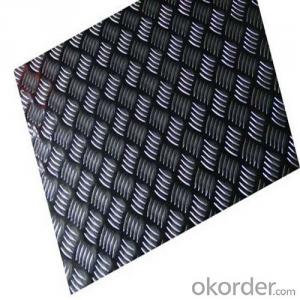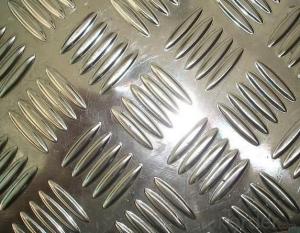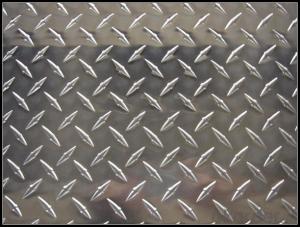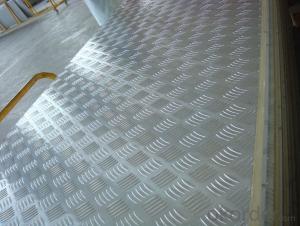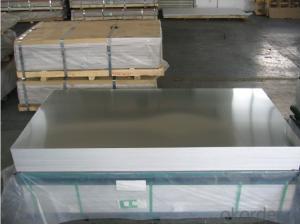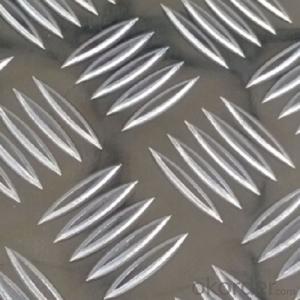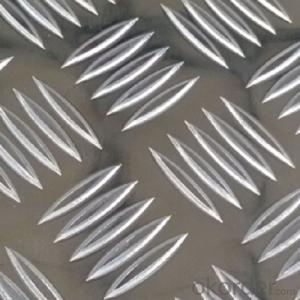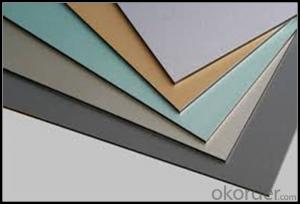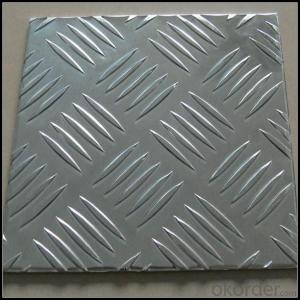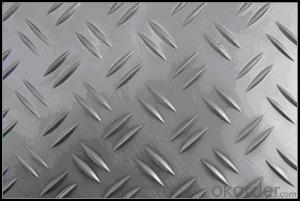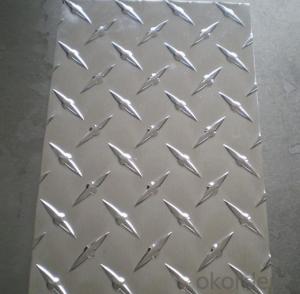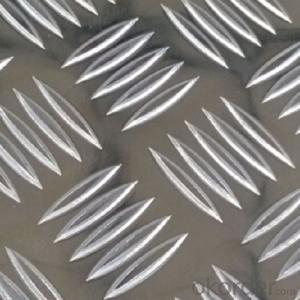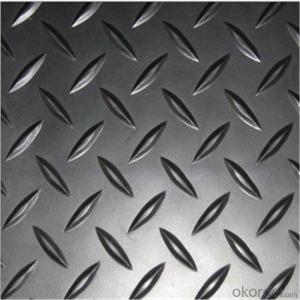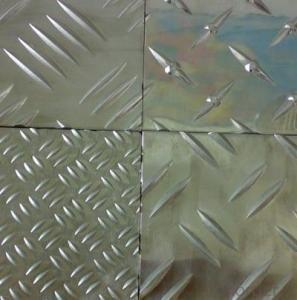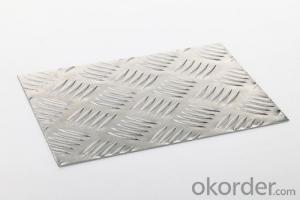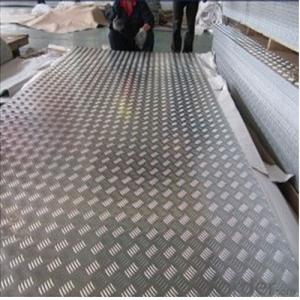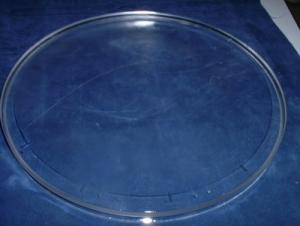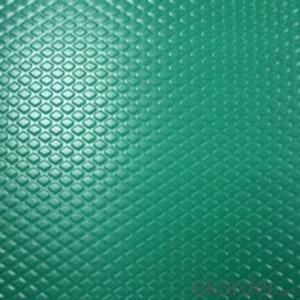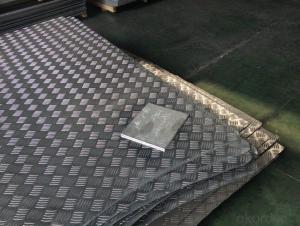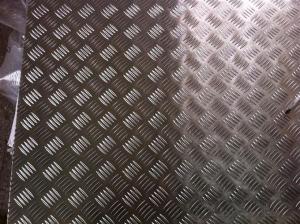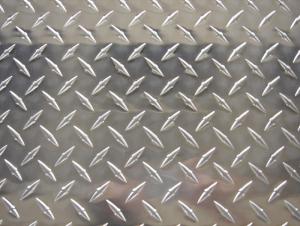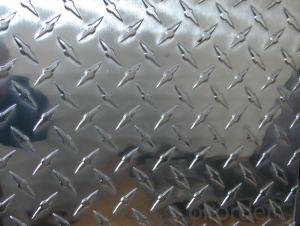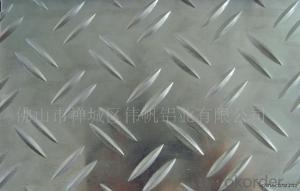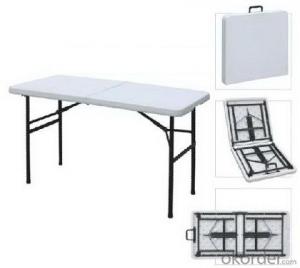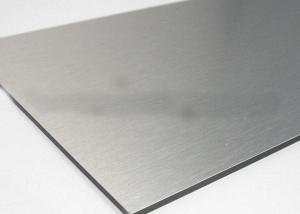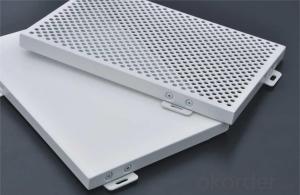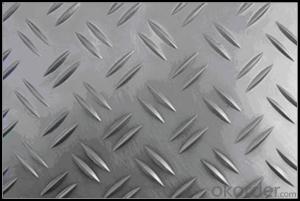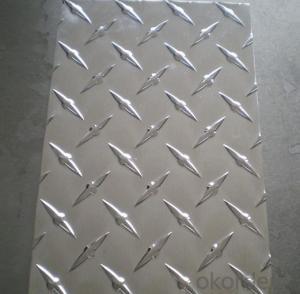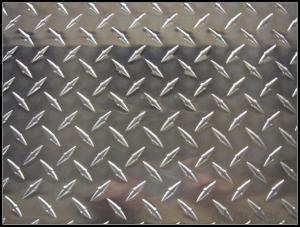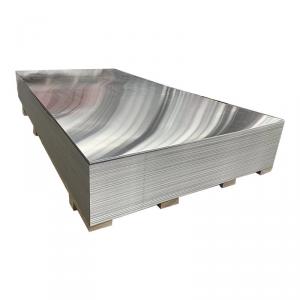Bright Aluminum Tread Plate
Bright Aluminum Tread Plate Related Searches
Tread Plate Aluminum Polished Aluminum Tread Plate Bright Aluminum Diamond Plate Tread Aluminum Plate Black Aluminum Tread Plate Aluminum Diamond Tread Plate Diamond Tread Plate Aluminum Aluminum Tread Plate Sheet Embossed Aluminum Tread Plate Aluminum Tread Plate For Sale Aluminum Tread Plate Near Me Aluminum Tread Plate Sheet Metal Aluminum Tread Plate For Trailer Diamond Tread Aluminum Plate Tread Plate Aluminum Sheets 5 Bar Aluminum Tread Plate Aluminum Tread Plate Home Depot Five Bar Aluminum Tread Plate Aluminum Tread Plate Sheets 3003 Aluminum Tread Plate Aluminum Tread Plate Weight 4x8 Aluminum Tread Plate 4017 Aluminum Tread Plate Aluminum Tread Plate Tool Box Aluminum Triangle Plate Aluminum Tread Plate Prices Aluminum Tread Plate Thickness Aluminum Tread Plate Patterns Aluminum Tread Plate Suppliers Aluminum Tread Plate 4x8Bright Aluminum Tread Plate Supplier & Manufacturer from China
Bright Aluminum Tread Plate is a type of aluminum sheet material that features a raised diamond pattern on one side, providing slip resistance and durability. This product is commonly used in various industries, including construction, transportation, and manufacturing, where safety and functionality are paramount. The raised pattern on the surface of the plate offers excellent traction, making it ideal for use in areas where there is a risk of slipping, such as stairways, walkways, and ramps. Additionally, it is often utilized in applications where a high level of wear resistance is required, such as in heavy machinery and equipment.Bright Aluminum Tread Plate is widely recognized for its versatility and effectiveness in enhancing safety and performance in numerous settings. It is frequently employed in environments where a non-slip surface is essential, such as on ships, in factories, and on industrial platforms. The material's lightweight nature and corrosion resistance make it a popular choice for both indoor and outdoor applications, ensuring long-lasting protection and functionality.
As a leading wholesale supplier, Okorder.com offers a vast inventory of Bright Aluminum Tread Plate to cater to the diverse needs of customers across different industries. With a commitment to quality and customer satisfaction, Okorder.com ensures that the Bright Aluminum Tread Plate provided is of the highest standard, meeting the specific requirements of various applications. This extensive inventory allows for quick turnaround times and the ability to fulfill large orders, making Okorder.com a reliable source for businesses in need of this essential product.
Hot Products
